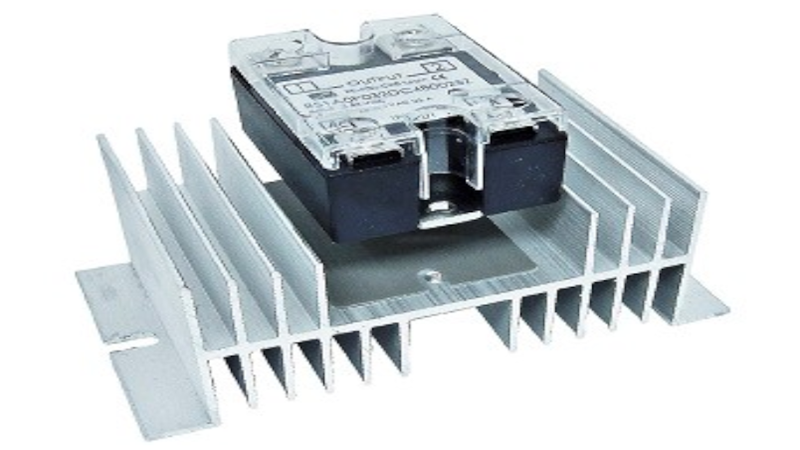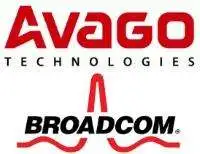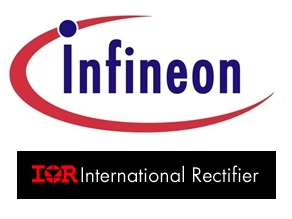In almost any electronic design, there is a wide range of voltages and current values. To protect the circuit and avoid permanent damage and to supply the necessary power to each part of the circuit, we need control elements that help us to avoid poor performance or even total breakdown.
Relays are one of the components that are most frequently used for the protection and control of the power distribution. Relays are just switches that are electrically operated (this means that there is no need for someone to manage the switch). Within the relay family, the most common and known type is the electromechanical relay, which uses coils, magnetic fields, springs and mechanical moving contacts to complete or interrupt different parts of the circuit. Besides the numerous advantages that have made electromechanical relays so used (such as size, no leakage current and no heat sink,) electromechanical relays have some significant limitations that can have a great effect on space applications
- Limited contact life
- Very sensitive to mechanical shock and vibration due to the presence of moving parts
- Maximum switching frequency is minimal
- The poor working ability for large currents (electric arc can be produced)
There was, therefore, a need to overcome these and other limitations to fulfil the needs of a rapidly evolving technology. In this sense, it seems very appropriate to take advantage of the properties that semiconductors bring. Solid-state relays are the semiconductor equivalents of electromechanical relays and, therefore, can be used to control electrical loads. However, unlike electromechanical relays, SSR’s do not have any moving parts, and they also provide some other advantages such as:
- Fast response time
- More resistant to shock and vibration
- Long life (50-100 times longer than electromagnetic relays)
- Compatible with digital circuits
- Low control power
Of course, solid-state relays also have disadvantages, among which we can highlight the radiation sensitivity (essential for space applications). Some others are the presence of leakage current and the usual need for a heat sink.
Given that SSR’s are replacing electromechanical relays in many industries, it is crucial to have a clear understanding of sources for SSR’s suitable for space applications.


Broadcom/Avago
Broadcom has in its catalogue several solid-state relays, some of them qualified to MIL-PRF-38534. Broadcom currently lacks qualified space rated (Class K) SSR’s, but they can screen it to Class K, and they have developed the Class E products, which are intended for Space applications. SSR’s can be provided in airtight packaging. Broadcom solid-state relays are hermetically sealed power MOSFET optocoupler which act exactly as a single-pole, normally open solid-state relay. These devices are not tested against radiation.

International Rectifier / Infineon
IR’s HiRel Solid State Relay family includes single, dual and octal SPST normally open devices tested up to a Total dose level of 100 Krads. Only one of the devices (RDHA710SE10A2FK) is included in QPL, but IR can perform screening and qualification testing per request. For the input and output MOSFET they use their well-known Rad-hard R5 technology. Custom configurations may be available on request.

Micropac
As it was the case with Broadcom, Micropac also manufacture some MIL-PRF-38534 QPL Solid State Relays, to Class H or Class E. However, the catalogue is a bit wider, as it includes some dual devices (in any case, all the solid-state relays from Micropac are SPST, either normally open or normally closed). Although not QPL, Micropac can perform screening and qualification in accordance with MIL-PRF-38534 Class K in some devices.

Teledyne Relays
Teledyne Relays SSR’s are design and manufactured to comply with MIL-PRF-28750, and they can perform screening and qualification following this standard. Teledyne can provide hermetic package and Class K screening and qualification depending on a case by case basis. SCD’s could be accepted depending on design and cost.

Modular Devices, Inc
MDI has a selection of Space Rad-Hard solid-state relays. An important characteristic of MDI’s SSR is that they don’t have any optocouplers, avoiding any of the problems that optocouplers involve. They have different screening and qualification levels to comply with various requirements.
